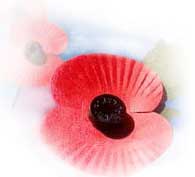

Siegfried Sassoon was born into a wealthy family on 8 September 1886 in Kent, and until the outbreak of the Great War he lived the life of a typical English sporting gentleman. With the onset of war, at the age of 28, Sassoon enlisted first as a cavalry trooper in the Sussex Yeomanry before transferring to the Royal Welch Fusiliers as an officer in may 1915. He quickly developed the name 'Mad Jack' for his fearless courage on the Western Front, after volunteering to lead night raids. As the war progressed, Sassoon would increasingly develop angry feelings concerning the conduct of the war.